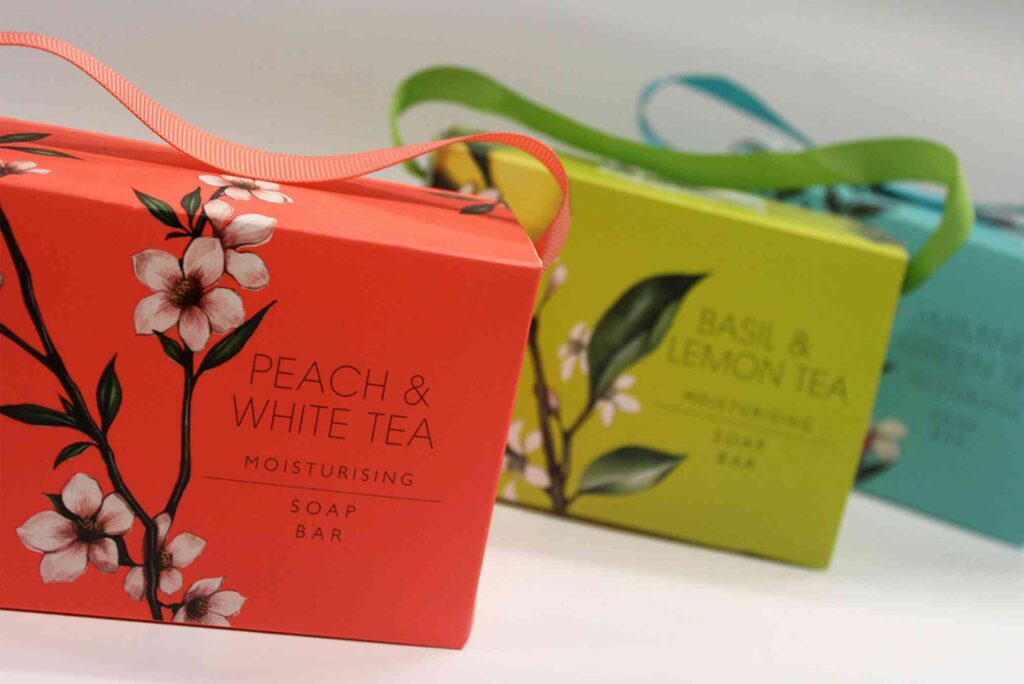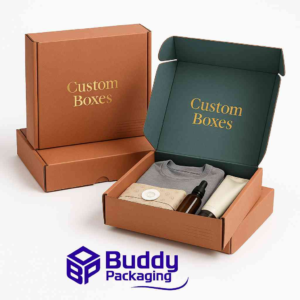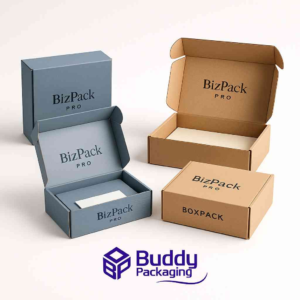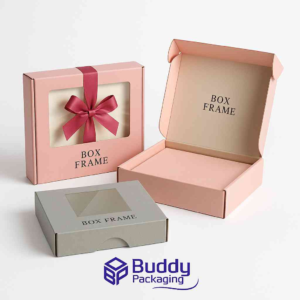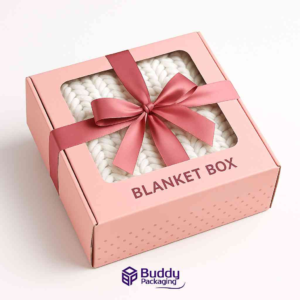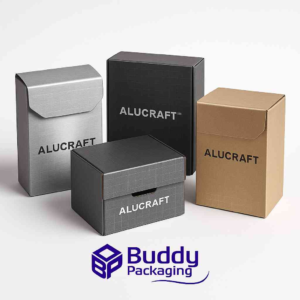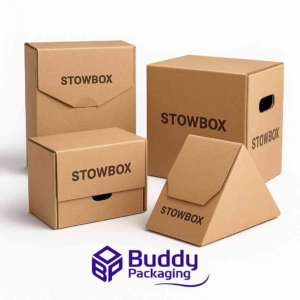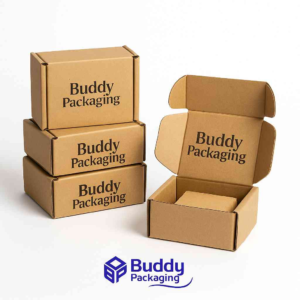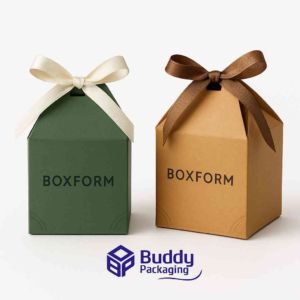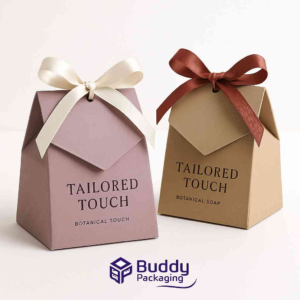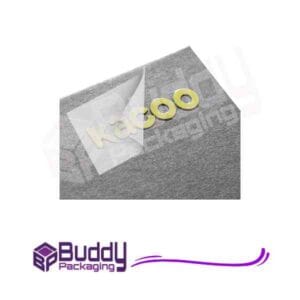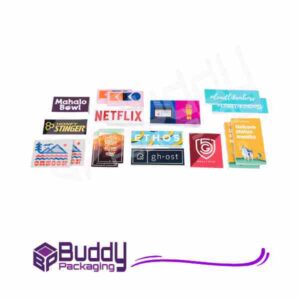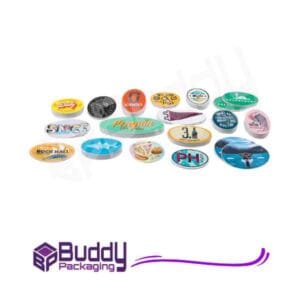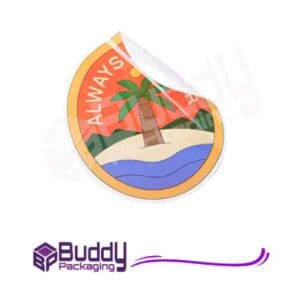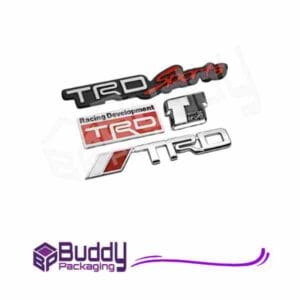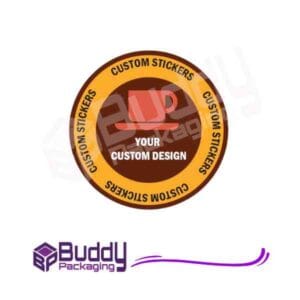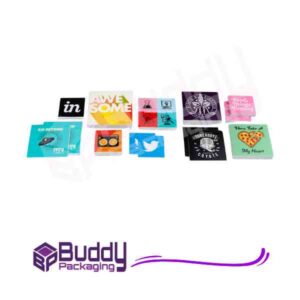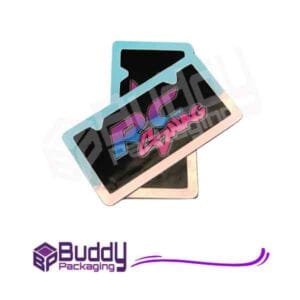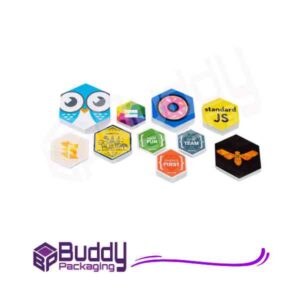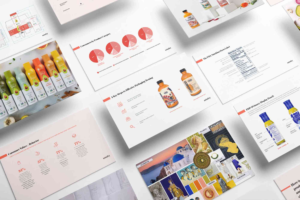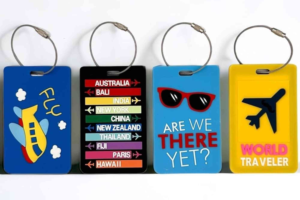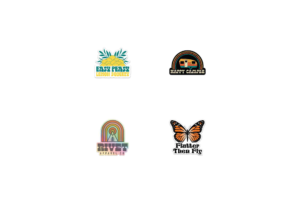In a world increasingly focused on sustainability and conscious living, your soap’s packaging needs to do more than simply protect the product. It must reflect the values behind your brand, especially if you’re using natural ingredients. The design of your soap packaging boxes can instantly communicate your commitment to nature, health, and eco-friendliness.
From earthy textures to organic colour palettes, thoughtful design can help your brand stand out while building trust with consumers who care about what goes on their skin and into the planet. In this guide, we’ll explore actionable design tips to ensure your packaging not only looks beautiful but also tells a meaningful story.
Why Natural Packaging Design Matters
Today’s consumers are far more ingredient-savvy than in the past. They read labels, research brands, and favour products that align with their values. When your packaging reflects the natural ingredients inside, you’re tapping into a powerful marketing advantage.
More than just aesthetics, packaging has become an extension of your product’s promise. If your soap is handmade with lavender oil and shea butter, your box should feel as natural and calming as the soap itself.
This alignment between form and function increases perceived value, strengthens brand identity, and boosts buyer confidence.
Understanding the Role of Packaging in Branding
Your packaging is often the first physical touchpoint a customer has with your product. Especially in retail settings, where dozens of products compete for attention, your soap packaging box needs to do the heavy lifting. But beyond catching the eye, it must also convey authenticity.
Using eco-friendly design elements can position your product as pure, safe, and trustworthy. A well-crafted package can even encourage unboxing experiences that customers share on social media, giving your brand valuable organic exposure.
Now, let’s dive into the design tips that can bring your natural brand identity to life.
Use Earthy and Organic Colour Palettes
Nature-inspired colours like greens, browns, soft blues, and muted neutrals work best when reflecting natural ingredients. These shades subconsciously connect consumers to elements like soil, water, plants, and essential oils.
Avoid overly bright or synthetic tones. Instead, choose hues that mirror the ingredients in your soap. For instance:
- A peppermint soap might use soft mint green with off-white.
- A charcoal detox bar could lean into deep greys with natural kraft brown.
A cohesive colour scheme that aligns with your ingredients instantly signals your product’s natural appeal.
Choose Sustainable and Textured Materials
The physical feel of your soap packaging box is just as important as its visual appeal. Consumers looking for natural products often appreciate tactile experiences that reinforce the organic theme.
Opt for recycled cardboard, kraft paper, or biodegradable wraps. These materials are not only eco-friendly but also aesthetically consistent with a natural brand image. A lightly textured surface or matte finish can elevate the unboxing experience.
Minimal coatings and plastic-free finishes also appeal to environmentally conscious buyers.
For premium presentation, consider embossing your logo or using vegetable-based inks. These small details go a long way in aligning with natural product values.
Showcase Ingredients with Visual Cues
You don’t need to list every ingredient on the front of your packaging. Instead, use visuals to hint at what’s inside. For example:
- Use botanical illustrations of lavender, calendula, or chamomile.
- Feature a drop of essential oil beside the soap name.
- Include hand-drawn icons to suggest small-batch, handmade quality.
These natural motifs not only beautify your packaging but also provide quick recognition of what the product is made of—key for busy shoppers scanning shelves or online listings.
Use Clear and Honest Messaging
Transparency is key when appealing to eco-conscious consumers. Your packaging copy should reflect the purity of your product—simple, honest, and clean.
Avoid overused buzzwords unless you can support them. Words like “natural,” “organic,” and “eco-friendly” must be backed by certifications or clear ingredient sourcing.
Instead of marketing hype, use your packaging to tell a short story:
“Hand-poured in small batches with organic coconut oil and pure eucalyptus extract.”
This style of messaging builds trust and reinforces the natural narrative.
Keep the Design Minimal but Impactful
Minimalism complements natural branding well. A clutter-free design puts the focus on the soap itself and makes your packaging feel more elegant.
Use clean lines, plenty of white space, and restrained text. Let the texture of the box and the quality of the print shine through.
However, minimal doesn’t mean boring. Use contrast smartly—perhaps a soft kraft box with a deep green foil-stamped logo. Subtle touches like this keep your design memorable.
Add Personal and Handcrafted Elements
Buyers of natural soap often appreciate authenticity and craftsmanship. Incorporate human elements to reinforce these values.
Some great ways to do this:
- Handwritten-style fonts (legible and not overdone)
- Printed artisan signatures or small batch numbers
- Packaging tied with jute string or sealed with wax (for higher-end products)
These techniques help your packaging feel more bespoke and heartfelt—qualities highly prized in the natural product market.
Ensure Functionality Meets Aesthetic
While the design should be attractive, functionality remains paramount. Natural soaps often contain oils or soft ingredients that can weep or degrade in certain climates.
Make sure your soap packaging:
- Protects the product from light and moisture
- Allows for breathability if the soap is freshly made
- Remains easy to open and reseal (if applicable)
Form and function must work hand-in-hand. A beautiful box that damages the product or becomes wasteful loses consumer favour quickly.
Reflect Local and Ethical Sourcing
If your brand celebrates local sourcing or fair trade, don’t hide it. Incorporate this into your packaging with a small label or callout.
Consumers love to support small businesses and ethical practices. Even a simple line like:
“Made with locally harvested rosemary and cold-pressed olive oil.”
can foster a powerful connection. This kind of copy not only reflects your natural ingredients but also reinforces your values.
Add a Window or Cut-Out
A die-cut window allows customers to see or smell the product inside. It adds an element of interaction while reducing the need for excess plastic.
Shaped cut-outs that reflect your soap’s essence—like a leaf, flower, or droplet—are especially effective in natural-themed packaging. Just ensure the exposed soap remains hygienic and protected.
Think About the End of Life
Sustainable design doesn’t end at the point of sale. Consider how your packaging lives after the purchase.
Highlight recyclability or compostability on the box itself. Encourage customers to reuse packaging when possible. Small gestures like this resonate deeply with eco-aware buyers and can become part of your brand’s unique voice.
Packaging That Builds Trust
In the natural soap market, your packaging is not just a container—it’s a storytelling tool. The right design can mirror the purity of your ingredients, express your commitment to sustainability, and create an emotional bond with buyers.
Whether you’re launching a new soap line or rebranding, apply these tips thoughtfully to ensure your product feels as natural on the outside as it is on the inside.
Looking to create custom soap boxes that truly reflect your values? Soap Box Packaging from Buddy Packaging UK offers tailored eco-friendly solutions for artisan soap brands. Visit our Buddy Packaging Location to see how we bring nature and design together.
FAQs About Designing Natural Soap Packaging
What makes soap packaging eco-friendly?
Eco-friendly soap packaging uses sustainable materials like recycled cardboard, soy-based inks, and avoids plastic. It should be recyclable or compostable.
How do I design packaging that reflects natural ingredients?
Use earthy colours, botanical illustrations, and sustainable materials. Highlight ingredients with visuals and honest copy to communicate purity.
Can I use kraft paper for soap boxes?
Yes, kraft paper is a popular choice. It’s biodegradable, has a natural look, and complements handmade or organic soaps well.
Is minimalist packaging good for natural products?
Absolutely. Minimalist design enhances the natural, pure image of your soap and avoids overwhelming consumers with information.
How important is packaging in customer decision-making?
Very important. Packaging creates first impressions. It influences how customers perceive your brand’s values and product quality.

